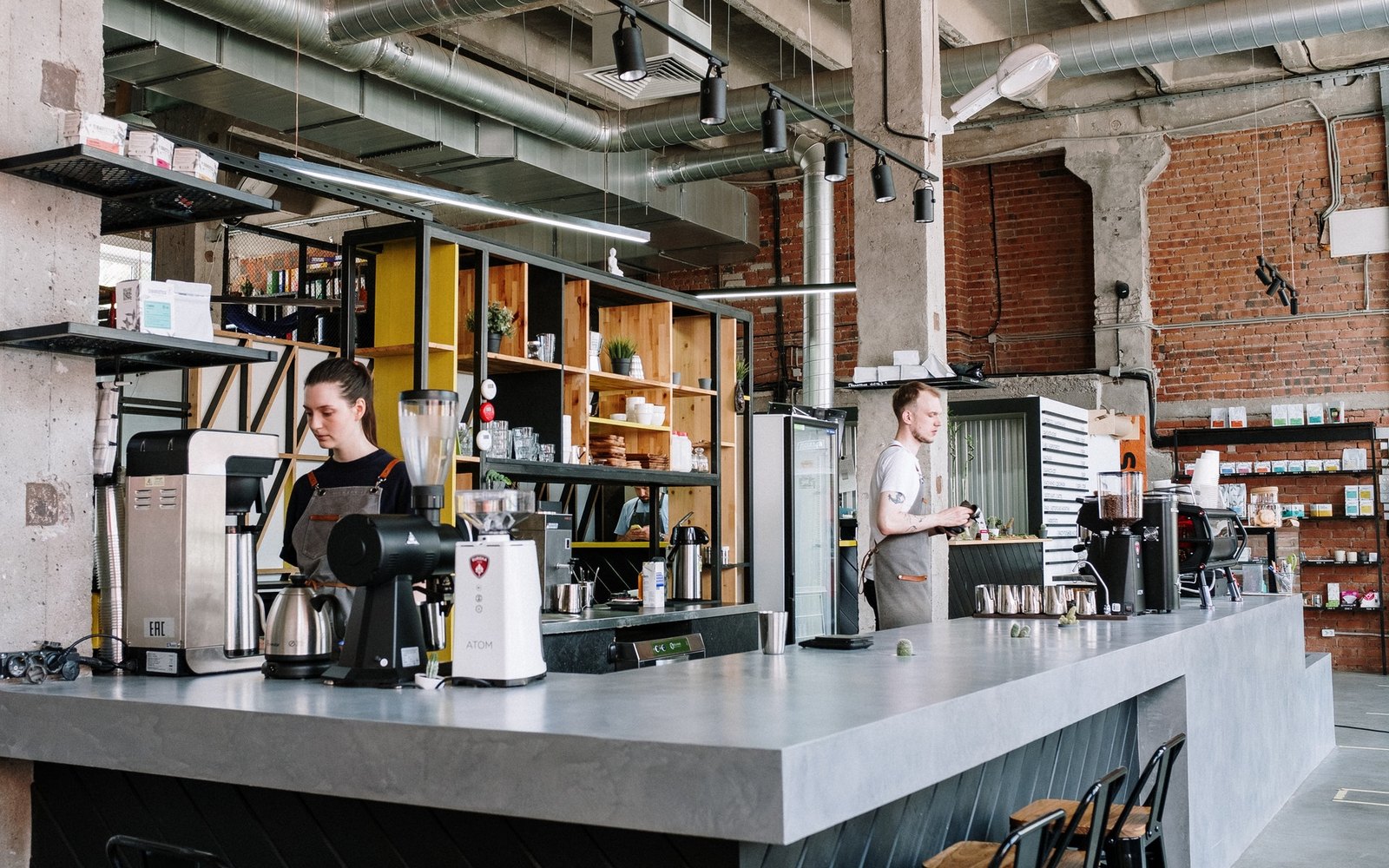Choosing premises, put more emphasis on the acquisition of its ownership, because renting in this business is quite risky business, especially if we’re talking about a small project. Of course, with limited investment rental remains the only option. Considering the proposals, analyze not only the number of people passing by, but also the whole neighborhood.
The next step is to match the space with the chosen concept (unless you went the opposite way – when the format and concept are matched to a particular space). It often happens that you find a space with a low price and suitable in other respects, but it absolutely does not match the concept. Then you have to decide for yourself how to proceed: try to adapt the concept to the space, create a new one, or keep looking.
When selecting a location, look for formats that are already in operation (successful establishments in your city). Spend time there to understand what kind of guests go to them and what they buy. Remember: you don’t have to be afraid of the competition.
The effect of a marketplace, a busy place, is a good sign. If the location you have chosen has many different establishments, it means that guests are already there, hence it is a recognizable place with good traffic.
Analyze what kind of guests are coming to your competitors and what that audience is missing. It’s likely that the place doesn’t have every need covered. It might be great to open a small fast food or burger joint, but there are only bars around – the choice of places to go for a business lunch in the afternoon is either very limited (both positions and seating) or none at all.
Important point. When you create the concept, describe all the groups of your target audience and their behavior. Then, already defining your terms, analyze whether it will be difficult for you to attract such people to this particular location.
Keep an eye on your competitors.
Having approved the location and concept, proceed to analyze your colleagues and neighbors. It is better to check as much detail as possible: in this case, you will be able to create a really good offer.
Study your neighbors’ menu offerings and pricing. Creating your own proposal or partially copying it for similar products, take into account the data in the comparison table (how profitable for you it will be in terms of costs for products and staff).
Also consider formats similar to yours, not only in your chosen neighborhood, but throughout the city. Your guests may not just drive to an establishment near you for your product. For a quality offering, guests are willing to go to the other side of town if it’s really worth it. Don’t ignore a similar format in another area, but study its strengths and weaknesses.
See what your competitors have to offer
Pay attention to the additional services of your neighbors and colleagues: for example, delivery, hall rental, children’s rooms, master classes, karaoke rooms, etc. Very often it is such additional services that make a business more profitable.
